Collector Irene Panagopoulos: ‘I feel a connection to the whole Mediterranean world’
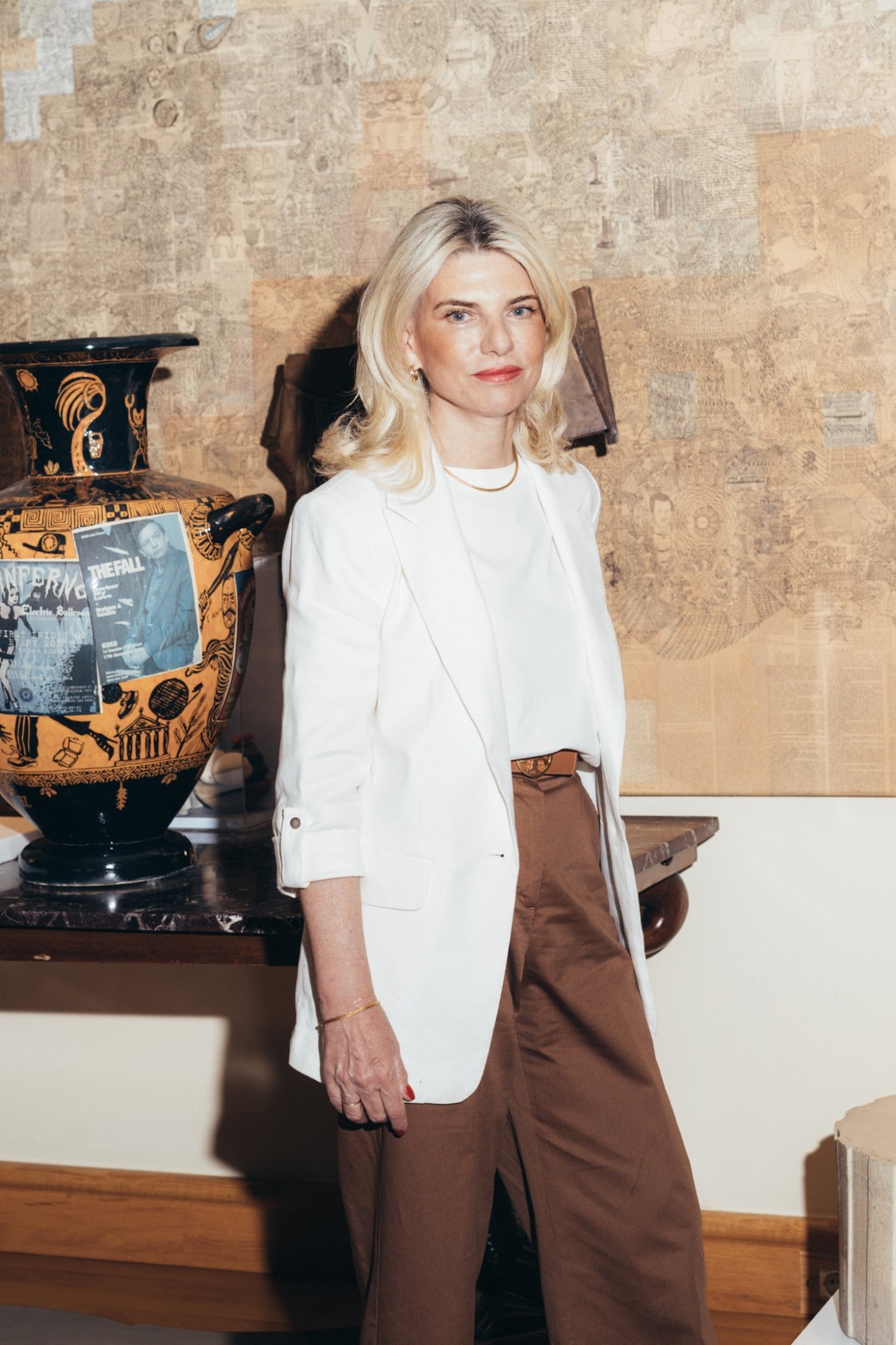
Roula Khalaf, Editor of the FT, selects her favourite stories in this weekly newsletter.
“My life is divided in two!” exclaims Irene Panagopoulos at one point in our conversation about her art collection. She is talking to me from her office in Athens and she explains that one half of her life is as chief executive of Magna Marine, the bulk shipping company founded by her father, Pericles; the other is as a noted contemporary art collector, with 2,500 works, and as patron of numerous museums including, perhaps surprisingly for a Greek person, the British Museum. “I work to be able to enjoy art,” she says.
She grew up surrounded with art: her father loved Persian carpets and antique maps (“the house was loaded with them”) and as a child she went antique-hunting with him in London as well as visiting museums and galleries. He also collected modern Greek artists, and she decided to continue the collection when he gave her a few of these works — for instance by Yannis Gaïtis, Panos Ghikas or Yiannis Moralis. “He gave me the gift of the love of art,” she says.
But her own first passion was for artists’ books, which started when she was studying at Mills College in California. “They had a renowned book arts programme,” she continues. She loved them — and “in addition I could also afford them at the time. For me, a book implies movement — you have to open it, so you participate. And they are small, you can take them with you. For me they were a portable work of art.”
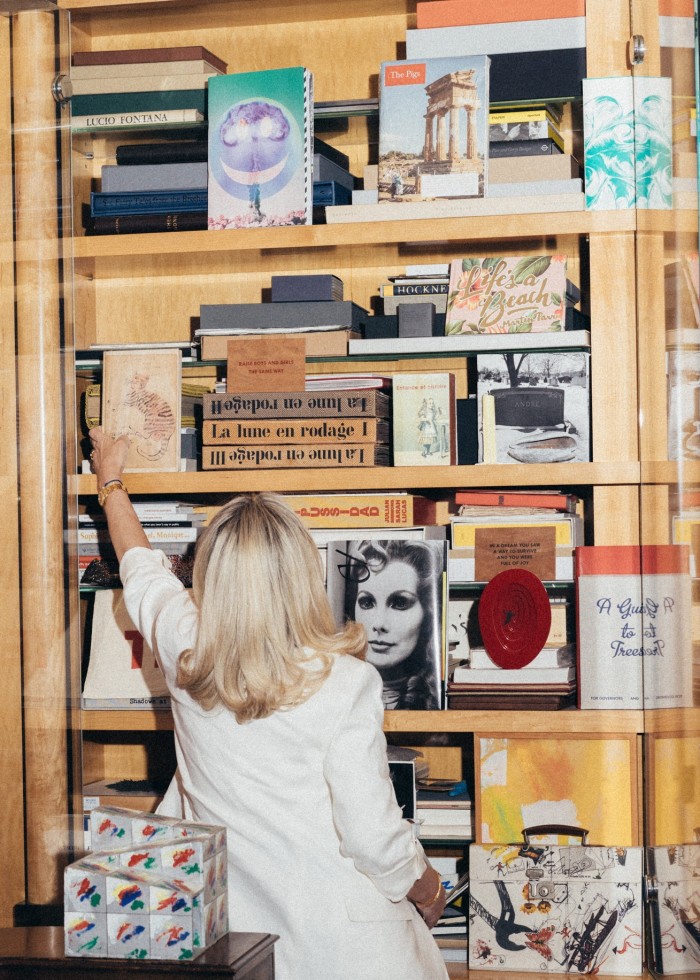
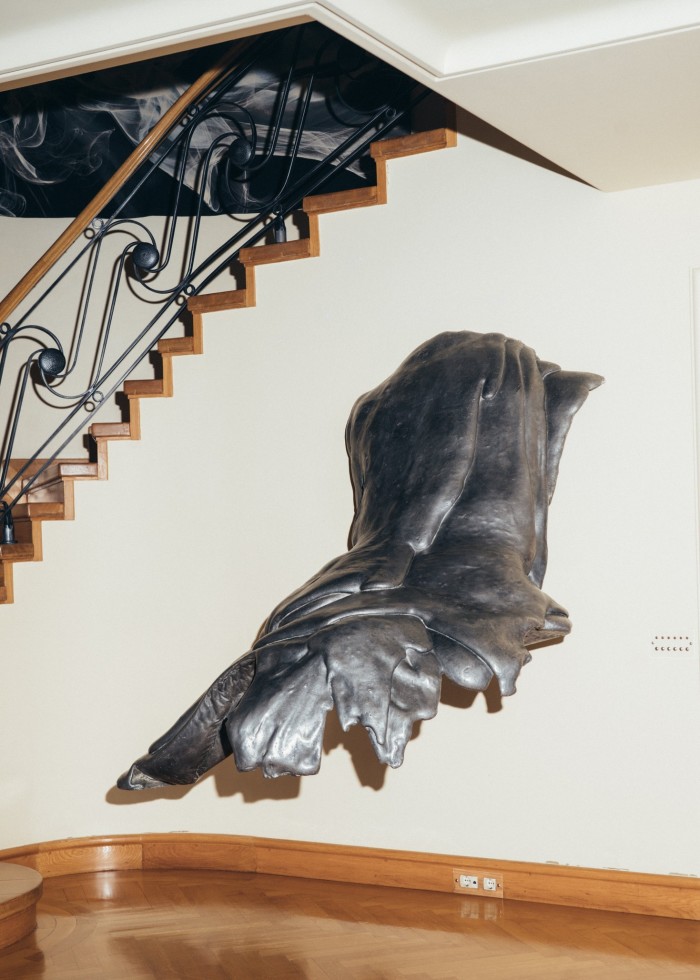
Panagopoulos, 60, is serious and reflective, but at the same time admits she is “very emotional” — which is one reason, she says, why she has so many works by female artists. “Speaking for those of my generation, these artists address so many issues that resonate with me,” she says. “Women’s rights, family issues, relationships, marriage, divorce, children.” Among her holdings are works by Kiki Smith (“Me in a corner” (2025), highlighting “the ostracising of women from the mainstream”), Lynda Benglis, Elizabeth Peyton (a portrait of Lord Byron), Mona Hatoum and Tracey Emin (a neon, “Everything for Love” (2005)).
Her cultural identity explains another area of collecting: the Mediterranean, east to west, north to south. She has acquired works by Kader Attia (“Repaired Sculptures 4” (2014)) and Yto Barrada (a bright neon, “Twin Palm Island” (2012)) with north African roots, by Breda Beban from the Balkans and by Akram Zaatari (“The Reinvention of Orient” (2022)) from the Middle East, to name just a few. And, of course, Greek artists such as Takis (Panayiotis Vasilakis) — she has a typical Signal work.
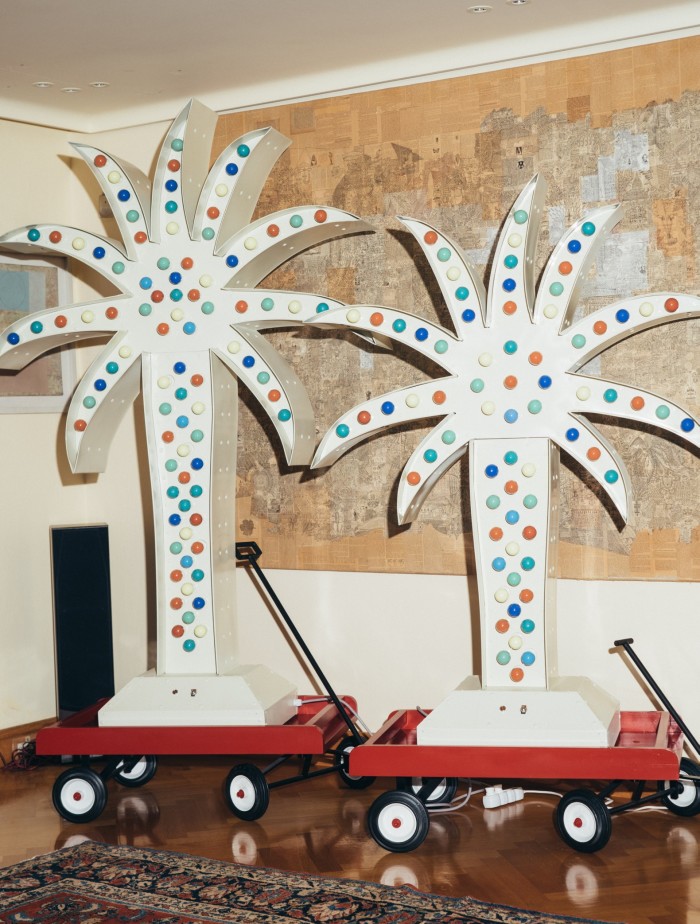
“My mother was from Italy, but I have relatives in Istanbul,” she says, “so I feel part of that region. As Greek people we belong to the west, but we have a vision towards the east. I do feel a connection to the whole Mediterranean world.”
She collects the art of her time, with all its changes: “Younger artists are tackling very different issues today, reflecting how the world is changing, they have a different perception of the world. For example, gender or racial identity or the environment — while I was growing up these were not topics of concern.”
I ask if there are any aspects of contemporary art that she feels alienated from. “I am perplexed by graffiti and street art,” she says, “and while I know that technology and art is a hot topic right now, I don’t collect NFTs or indeed any computer-generated art.”
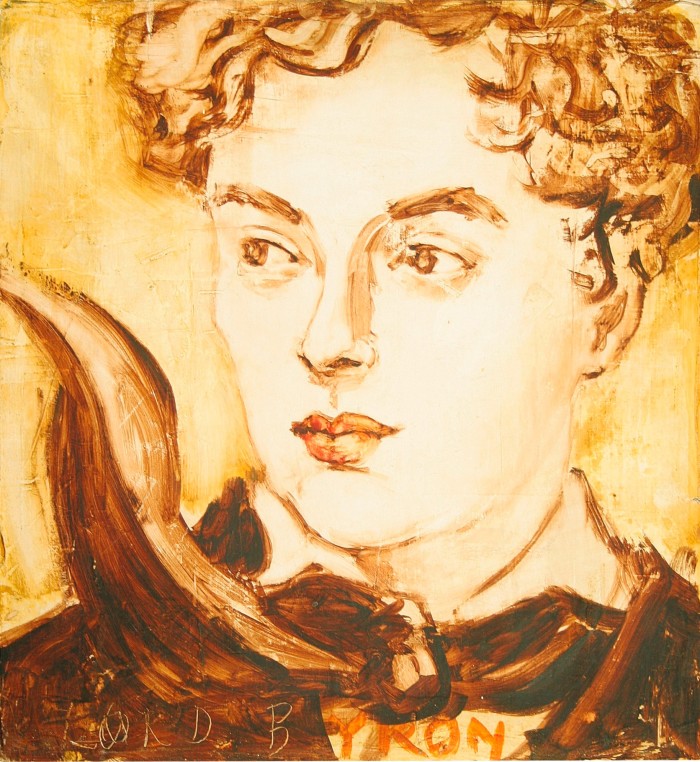
We move on to her patronage, which is international and considerable. She is on the board of trustees of New York’s Dia Art Foundation, on the international governing board of Tate’s International Council and she supports London’s Whitechapel Gallery. (She has a house in London.) Slightly to my surprise, she also supports the British Museum, where she is part of a team acquiring contemporary works on paper and books. But what about the controversy over the Parthenon marbles, with Greece strident in its demands for their return?
She sidesteps the question: “I am just happy to be a tiny part of this project; I also love history, and this is a museum I grew to love. Our common bond is artists’ books, and I couldn’t have been happier when I was asked to join the group.” And then of course she also helps Greek museums: the Cycladic Museum, the National Museum of Contemporary Art and the National Gallery.
Does she like to meet the artists she collects? “Absolutely!” she replies. “I admire artists, talking to them helps me as much as having their work. We have a common ownership of the work. While I have it in my home, in a way it is shared property between us. I never feel alone with my art around me.”
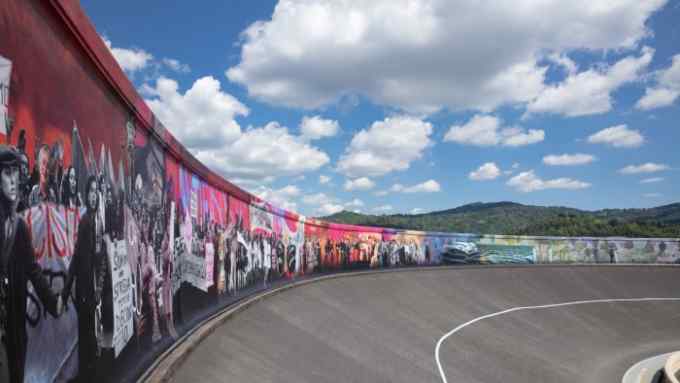
Comments